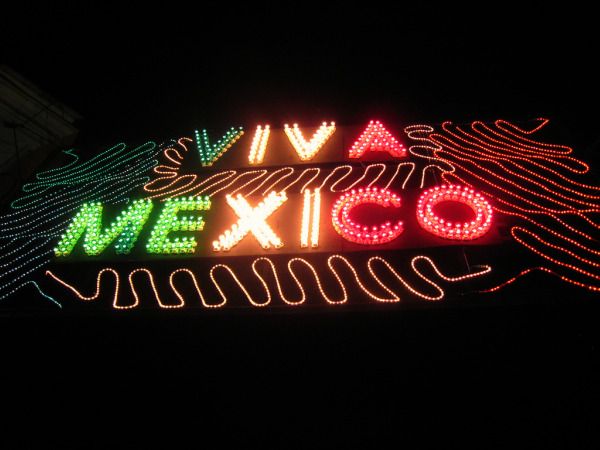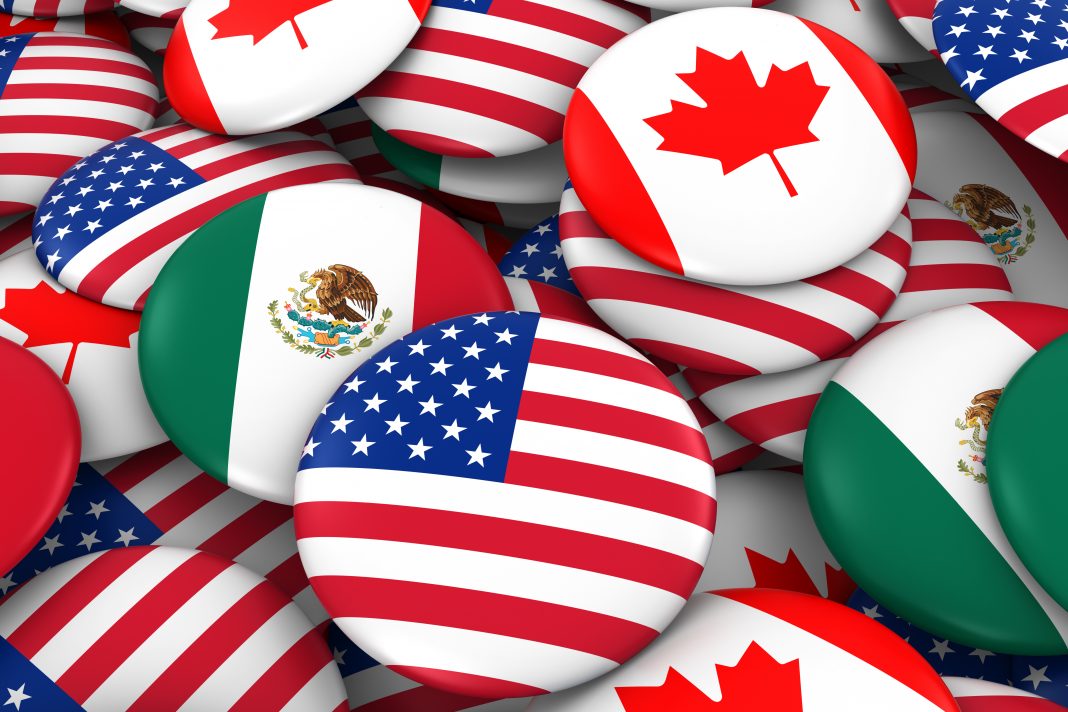So, You Want to Become a Mexican?
By: Carol Romain (Canada) and Patricia Ann Talley (USA), Editor
So you want to become a Mexican? We went through the process and want to share what we learned with you.
Benefits of Mexican Citizenship
Carol (Canadian): “Once a Canadian, always a Canadian, but you can have dual citizenship. For me, obtaining Mexican citizenship was a matter of respect. I’ve lived in Mexico for years and do a lot of community work with children and education. I consider it an honor for me to have dual citizenship and to represent both countries.”
Patricia (American): “It is an honor for me also to be accepted so graciously into a foreign country. I am also involved in a lot of community and civil rights work, and I run a business. After my husband’s death, I needed to transfer the title of our condo, located near the beach. Foreigners must set up a bank trust or a Mexican company to own property near the beach or border; we had the latter. Now, as a Mexican citizen, I own the property in my name. Mexicans have welcomed me with no reservations. It is an honor to finally be Mexicana!”
There are several benefits to becoming a Mexican citizen.
- You will not lose your home-country nationality. You will have dual citizenship.
- You can obtain a Mexican passport. You can travel to places restricted by the USA (like Cuba).
- You will not have to pay special fees to enter Mexico.
- You can acquire properties in Mexico without the limitations that a foreigner faces.
- You can vote in Mexico.
- You can study in public schools in Mexico.
- You can enroll in Mexico’s health insurance program.
- You can work in Mexico without a work visa.
- There will be no limit on your stay in Mexico.
- If you have children, they can enter the country without problems and enjoy the rights of any other Mexican.
U.S. and Canadian citizens may naturalize in a foreign state without any risk to their home citizenship. Dual nationals owe allegiance to either the United States or Canada and to a foreign country. Dual citizens are required to obey the laws of both countries and either country has the right to enforce its laws.
Requirements
Before applying for Mexican citizenship, you must fulfill the residency requirements, which depend on your circumstances. If you’re married to a Mexican and live in Mexico, you might be able to apply for citizenship with as little as two years of residency. If you do not have a direct family link to the country, you must be a Permanent Resident for five years and six months before you can apply, or you can apply based on offering distinguished service to the nation, like a Nobel Prize winner.
Most foreigners apply based on residency in Mexico (5 years, 6 months minimum). The complete requirements are found on the SRE website in Spanish. Here is a summary.
- Be of legal age.
- Submit the original and a copy of the DNN-3 application, which you can download when you pre-register.
- Show the original and two photocopies of your Permanent Residency Card proving your legal residency in the country for five years and six months immediately before the date of the application.
- Submit the original and two legible photocopies of all the pages of the foreign passport (including the outer covers) or, where appropriate, the valid identity and travel document.
- Submit a letter, under oath to tell the truth, in which the number of exits and entries you have made to and from the country during the two years before the application’s presentation. Attach two photocopies.
- Deliver the original and a photocopy of the foreign birth certificate, issued by the corresponding Civil Registry office, duly legalized by the Mexican diplomatic or consular representative of the place of issuance or, where appropriate, apostilled by the competent authority, as well as translated into Spanish by an expert translator authorized by the Judiciary of any federal entity in the national territory.
- Deliver proof or certificate of no criminal record issued by the competent authority at the federal level (with duplicate printed validation) and local depending on the place of residence, in original and photocopy; This can now be online.
- Accredit through the exams that you know how to speak Spanish, that you know the history of the country, and that you are integrated into the national culture. Click on the link below for the study guide.
- Submit two identical, recent color photographs, passport size (4.5 x 3.5 cm.), with a white background, from the front, without glasses, bareheaded.
- Two copies of the printed Unique Population Registry Code (CURP). You can find this number on your visa green card.
- Original and copy of the proof of payment of corresponding rights. Currently, the cost is $8,395.00 MN (pesos).
Study Guide
Foreigners must pass a Spanish language test and a test about Mexican history and culture. When we applied in 2018, foreigners over 60 only had to take the language test, but now, there is no indication of that exemption. SRE’s study guide can be downloaded below.
Document Needed
The biggest challenge is getting all the documents required for the citizenship application. Some of these documents have to be obtained from your home country.
- A “Legalized” Birth Certificate and Marriage License (if you changed your name when married) with an official Mexican translation and seal.
- Americans must obtain an “Apostille Seal” on these documents for them to be legalized. You can order the Apostille Seal through the Secretary of State in the city where you were born or married.
- Canadians need to get their birth certificate and marriage licenses legalized at the Mexican Embassy in Canada. Your marriage license cannot be a small wallet size one. Anyone can do this for you in Canada. Once you get it back it needs to be translated by a legal translator.
- A Spanish translation with a seal of your birth certificate and marriage license (if you changed your name) from a legal translator. You can get a referral to a legal Spanish translator from your local attorney or immigration office.
- If your passport and birth certificate do not have the same last name (most married women), you need to make a declaration that you are the same person. It has to be done at and notarized in front of the Canadian or American Consulate in Mexico.
Where to Apply/ the Application Process
You must apply at the Secretaria de Relaciones Exteriores (SRE) in the state in which you live.
- It takes 4 to 5 months to receive your official documentation.
- Once you obtain your Naturalization Letter, we suggest that you order Certified Copies. You will need a certified copy to obtain your Mexican passport and voting card.
Dual Passports
Once you obtain dual citizenship, you can then apply for a Mexican passport. Dual nationals must use their home country passport to enter and leave the United States or Canada. You can use your Mexican passport when traveling back to Mexico or within Mexico.

References:
Secretaria de Relaciones Exteriores, http://sre.gob.mx/carta-de-naturalizacion-por-residencia
Conexionmigrante.com, https://conexionmigrante.com/2017-/09-/22/los-12-beneficios-tener-doble-nacionalidad/?fbclid=IwAR3Z4P5eCYbU90pYRlc2bvUGu8SCpOygUWZ0VPNspOAKEWc78guIC-K0Twg
US Dual Nationality https://travel.state.gov/content/travel/en/legal/travel-legal-considerations/Advice-about-Possible-Loss-of-US-Nationality-Dual-Nationality/Dual-Nationality.html










